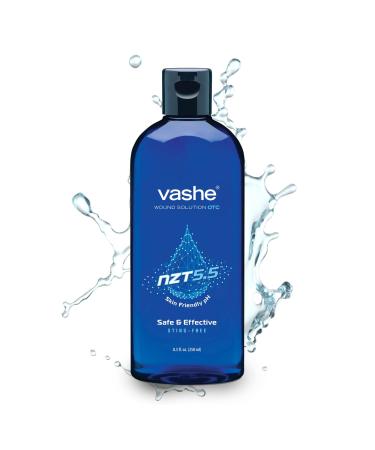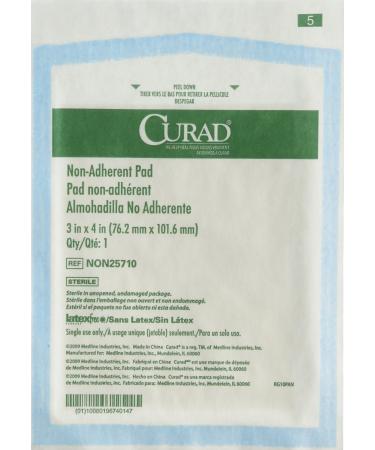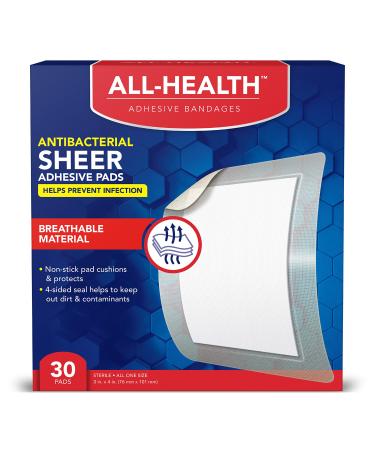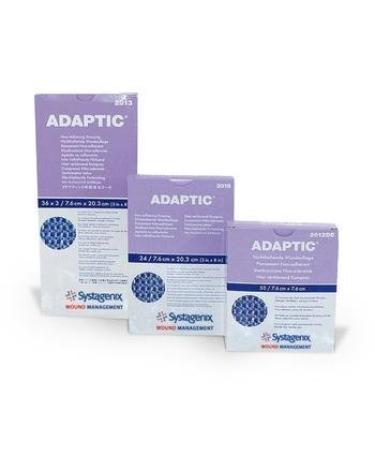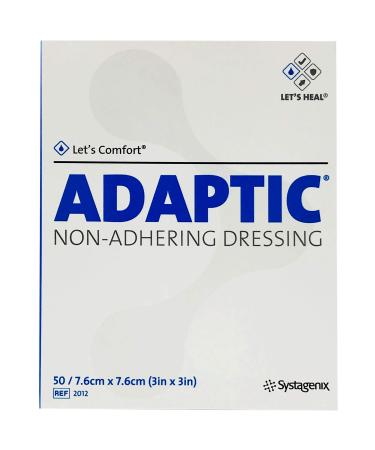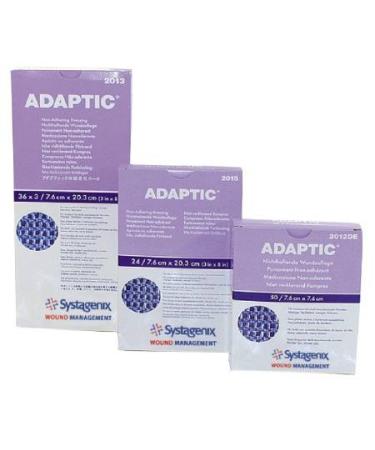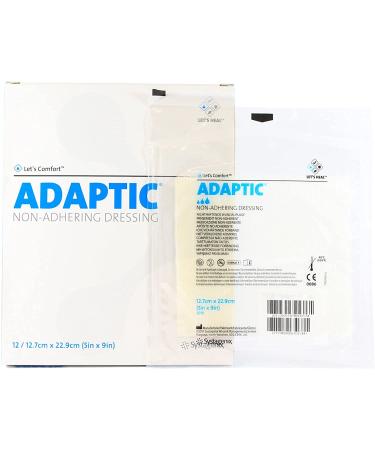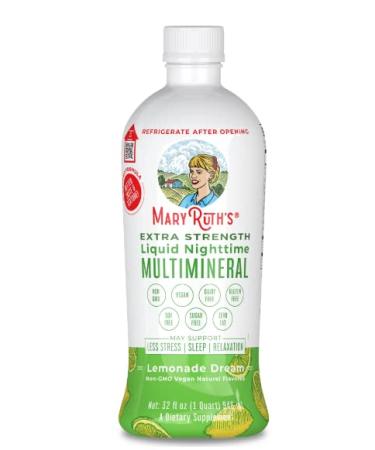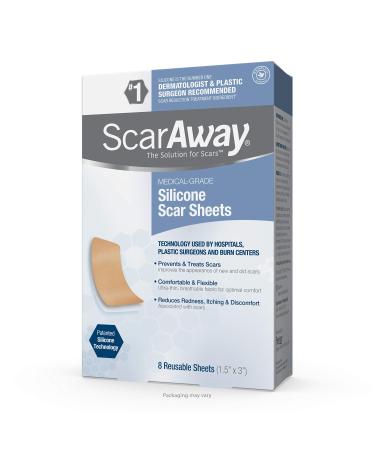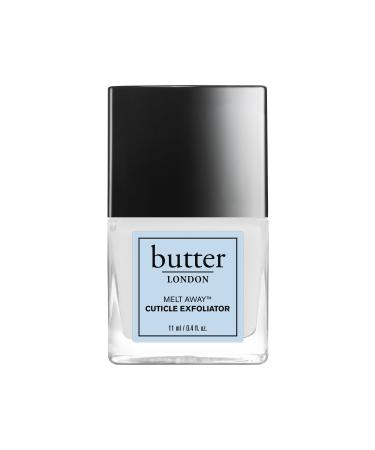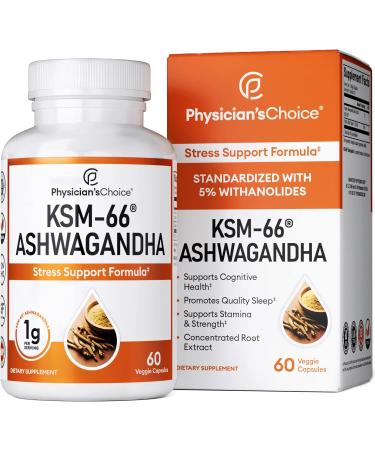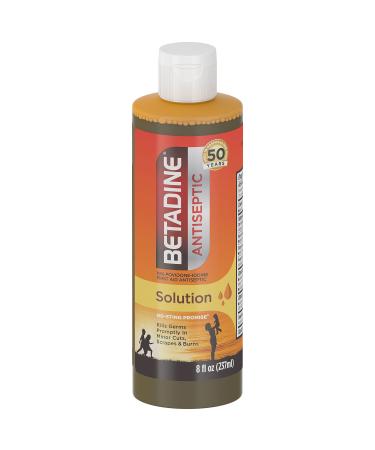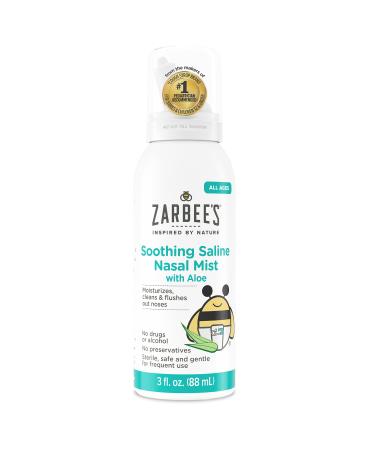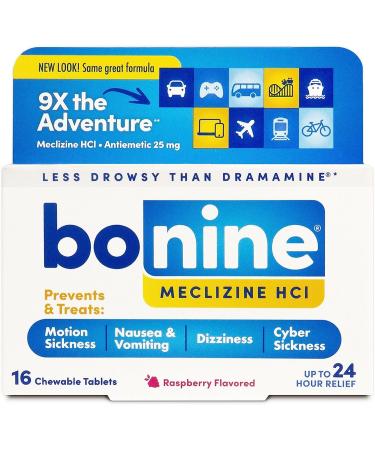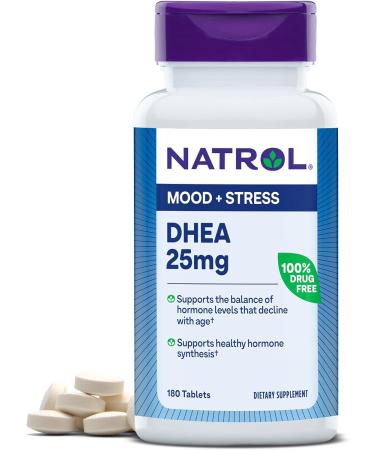If you are looking for a bandage that helps heal wounds on sensitive or aging skin, this is it! These are a life saver when it comes to open wounds! Our wound contact layer is a primary dressing that produces a viscous gel on contact with wound exudate, providing a moist healing environment and minimising pain and discomfort on removal. It needs to be used in combination with a secondary absorbent dressing. For example, it can be used in combination with our gauze dressing, ultra absorbent dressing, foam dressing and more. Aids in healing and keeps wound from sticking to dressing! Gentle tack helps keep the dressing in place! Porous structure allowing exudate to pass into a secondary dressing! Reduces itching and prevents scarring! Non-adhesion, keeping the wound moist, protecting the granulation, epithelium and graft wounds! Heals scalds and wounds faster and with less pain! The contact layer wound dressing definitely keeps the bandage from sticking to my wound, therefore, no pain when changing my bandage. It's designed for use in treating a wide range of wounds such as skin tears, skin abrasions, sutured wounds, partial thickness burns, lacerations, partial and full thickness grafts, diabetic ulcers, venous and arterial ulcers. It can also be used as a protective layer on non-exuding wounds, blisters, fragile skin and exposed fragile tissues. When you develop an ulcer, you can use it and then wrap the wound site. When it's time to remove the bandage, this dressing you have on the wound peels off easily without tearing off your scabs. Allowing your wound to heal faster. Highly recommended for those with open wounds. Put it on the wound and then put gauze around the wound. You will notice the difference immediately.Essential for Travelling and Home use: Each soft wound contact layer is individually packaged in a pouch to keep the dressing protected from the elements. Sufficient quantity to meet your usage and replacement needs. The dressing should be changed according to the wound condition, as soon as the absorbent dressing reaches saturation and the silicone wound contact layer dressing comes into contact with the wound. You can keep them in your hiking backpack or in your first aid kit. Easy to Apply and Remove: Our transparent non-adhering dressing is easy to use. Simply follow the normal procedure of cleaning the wound and then thoroughly drying the surrounding skin. Remove the release liner and apply the adhesive surface to the wound, with appropriate secondary absorbent dressings and fixation dressings available. Very easy to change and will not irritate your skin when peeling. Gentle and secure with reduced pain on removal without stripping epidermal skin. Porous Design Provides Permeability: Our silicone contact layer for skin tears is porous to allow for drainage. Distributes wound exudate quickly and evenly, allowing exudate to pass through smoothly and be rapidly absorbed by the outer dressing. The wound contact layer seals the wound edges and prevents exudate from penetrating into the surrounding skin, thus minimising the risk of maceration. Good transparency allows instant assessment of healing progress without removing contact layer. Gentle and Soft to Fit the Wound Well: Our contact layer wound dressing consists of a a release film and a polyurethane mesh coated with soft silicone on one side. Breathable and gentle, no irritation or harm to the skin. Maintaining a moist and breathable environment promotes wound healing and helps reduce the likelihood of scarring. The silicone contact dressing is very soft and conforms well to the contours of the body, making it more comfortable for the patient to wear. Great Wound Contact Layer without Sticking: The wound contact layer is an open mesh soft silicone dressing. The perforated structure allows exudate to pass through to the secondary dressing, prevents the next layer of dressing from sticking to the wound which can cause trauma and impair healing. This contact layer is designed for a wide range of exuding wounds, such as skin tears abrasion, diabetic foot ulcer, pressure ulcer, first and second degree burn, surgical wound and traumatic wound.



